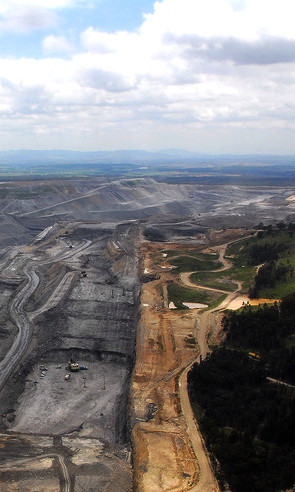Animals ignored in mine restoration
 Research shows that the impact of mining on animals is being overlooked in most mine site restoration plans.
Research shows that the impact of mining on animals is being overlooked in most mine site restoration plans.
The experts want mine operators to focus on restoring animal communities after mining.
The global review of literature relating to mine site restoration by a team at Curtin University has found that fauna was under-recognised in assessments of restoration success.
“Although mining activity creates a relatively small footprint on the land, 75 per cent of active mine sites are situated on land considered to be of high conservation value,” said lead author PhD student Sophie Cross, from the ARC Centre for Mine Site Restoration (CMSR).
“Animals are often assumed to return to the area of a mine site following its closure and the return of vegetation; however, in practice restoring animal communities and biodiversity can be exceptionally challenging.
“Our research highlights the need for more detailed consideration of animal communities in mine site restoration, as the common method of vegetation surveys alone may not be sufficient to ascertain the long-term success of restoration measures in effectively reinstating healthy, functional animal communities and ecosystems.”
The study found that over a 49-year period, just 101 peer reviewed publications reporting on fauna as part of mining restoration activities, with over half from Australia.
Research supervisor Associate Professor Bill Bateman said that while there was an urgent need to consider fauna in mine site restoration, the good news is that Australia is leading the way in this, with the bulk of such research taking place here.
“Our study has highlighted the importance of comprehensively and representatively restoring faunal communities after mining,” Professor Bateman said.







 Print
Print